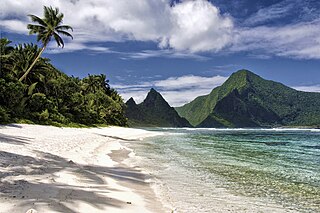
In the law of the United States, an insular area is a U.S.-associated jurisdiction that is not part of the several states or the District of Columbia.

The United States Customs Service was a federal law enforcement agency of the U.S. federal government. Established on July 31, 1789, it collected import tariffs, performed other selected border security duties, as well as conducted criminal investigations.

A customs officer is a law enforcement agent who enforces customs laws, on behalf of a government.

United States Customs and Border Protection (CBP) is the largest federal law enforcement agency of the United States Department of Homeland Security. It is the country's primary border control organization, charged with regulating and facilitating international trade, collecting import duties, as well as enforcing U.S. regulations, including trade, customs and immigration. CBP is one of the largest law enforcement agencies in the United States. It has a workforce of more than 45,600 federal agents and officers. It is headquartered in Washington, D.C.

The Customs and Excise Department (C&ED) is a government agency responsible for the protection of the Hong Kong Special Administrative Region against smuggling; the protection and collection of revenue on dutiable goods on behalf of the Hong Kong Government; the detection and deterrence of drug trafficking and abuse of controlled drugs; the protection of intellectual property rights; the protection of consumer interests; and the protection and facilitation of legitimate trade and upholding Hong Kong's trading integrity.
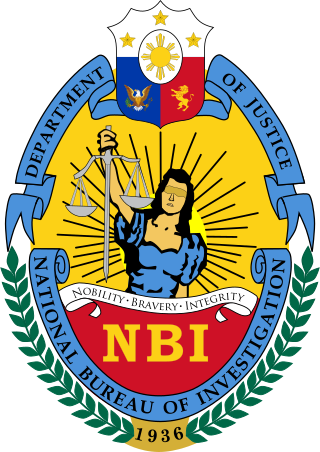
The National Bureau of Investigation is an agency of the Philippine government under the Department of Justice, responsible for handling and solving major high-profile cases that are in the interest of the nation.

A border guard of a country is a national security agency that performs border security. Some of the national border guard agencies also perform coast guard and rescue service duties.

HM Customs was the national Customs service of England until a merger with the Department of Excise in 1909. The phrase 'HM Customs', in use since the Middle Ages, referred both to the customs dues themselves and to the office of state established for their collection, assessment and administration.
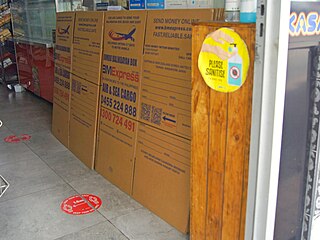
A balikbayan box is a corrugated box containing items sent by overseas Filipinos. Though often shipped by freight forwarders specializing in balikbayan boxes by sea, such boxes can be brought by Filipinos returning to the Philippines by air.

Philippine Ports Authority is a government-owned and controlled corporation under the Department of Transportation as an attached agency. It is responsible for financing, management and operations of public ports throughout the Philippines, except the port of Cebu, which is under the Cebu Ports Authority.

The Bureau of Internal Revenue(Filipino: Kawanihan ng Rentas Internas, or BIR) is a revenue service for the Philippine government, which is responsible for collecting more than half of the total tax revenues of the government. It is an agency of the Department of Finance and it is led by a Commissioner.

The Agricultural Sector Alliance of the Philippines, Inc. (AGAP) is a party-list in the Philippines. The organization was established in 2003 in order to protect and promote the welfare of farmers. Since then, it has been actively pursuing all endeavors that would benefit the entire agricultural industry nationwide.
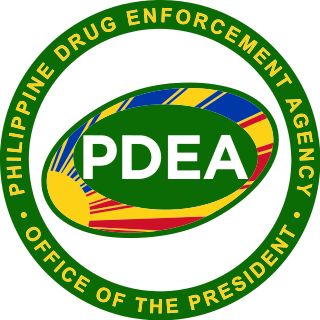
The Philippine Drug Enforcement Agency is the lead anti-drug law enforcement agency, responsible for preventing, investigating and combating any dangerous drugs, controlled precursors and essential chemicals within the Philippines. The agency is tasked with the enforcement of the penal and regulatory provisions of Republic Act No. 9165, otherwise known as the Comprehensive Dangerous Drugs Act of 2002.

The Royal Malaysian Customs Department is a government department body under the Malaysian Ministry of Finance. RMCD functions as the country's main indirect tax collector, facilitating trade and enforcing laws. The top management of JKDM is led by the Director General of Customs and assisted by 3 deputies, namely, the Deputy Director General of Customs Enforcement/Compliance Division, the Deputy Director General of Customs Customs/Inland Tax Division and the Deputy Chief Director of Customs Management Division. The Royal Malaysian Customs Department consists of several divisions, namely the Enforcement Division, the Inland Tax Division, the Compliance Division, the Customs Division, and the Technical Services Division.
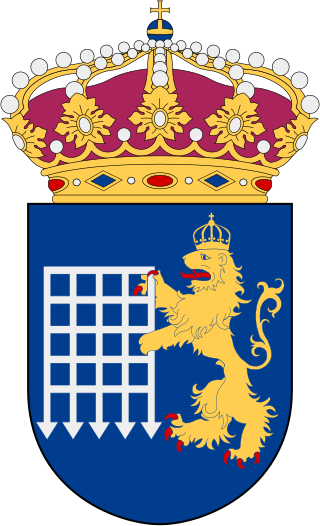
The Swedish Customs is the customs service of the Kingdom of Sweden. It is a department of the Government of Sweden. It is one of the oldest governmental agencies in Sweden, as it was founded in 1636. It is also Sweden's de facto border guard.

The Insular Government of the Philippine Islands was an unincorporated territory of the United States that was established in 1902 and was reorganized in 1935 in preparation for later independence. The Insular Government was preceded by the United States Military Government of the Philippine Islands and was followed by the Commonwealth of the Philippines.
Fiscal policy are "measures employed by governments to stabilize the economy, specifically by manipulating the levels and allocations of taxes and government expenditures". In the Philippines, this is characterized by continuous and increasing levels of debt and budget deficits, though there were improvements in the last few years of the first decade of the 21st century.

The Batangas International Port or locally known as the Batangas Pier is a seaport in Barangay Santa Clara, Batangas City primarily serving the Calabarzon region of the Philippines. The seaport covers an area of about 150 hectares.

The Bureau of Immigration, also known between 1972 and 1987 as the Bureau of Immigration and Deportation, is the immigration regulatory and control body of the Philippines. It was established by the Philippine Immigration Act in 1940, although a predecessor agency had existed as part of the Bureau of Customs since 1899.

On March 15, 2022, law enforcement agents intercepted three vans in Brgy. Comon, Infanta, Quezon, Philippines, seized ₱11 billion worth of illegal drugs. The operation was described as the "biggest drug haul in Philippine history".
























